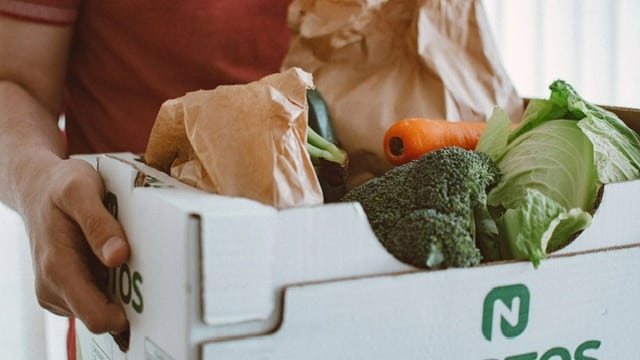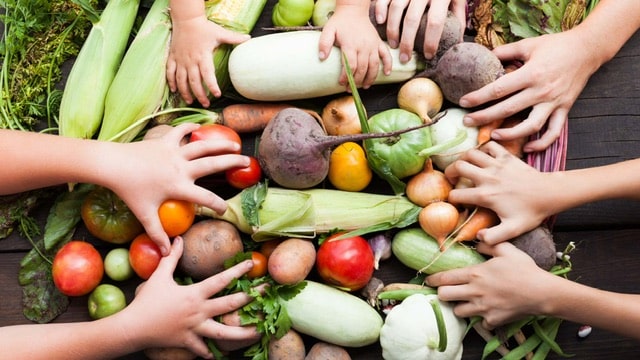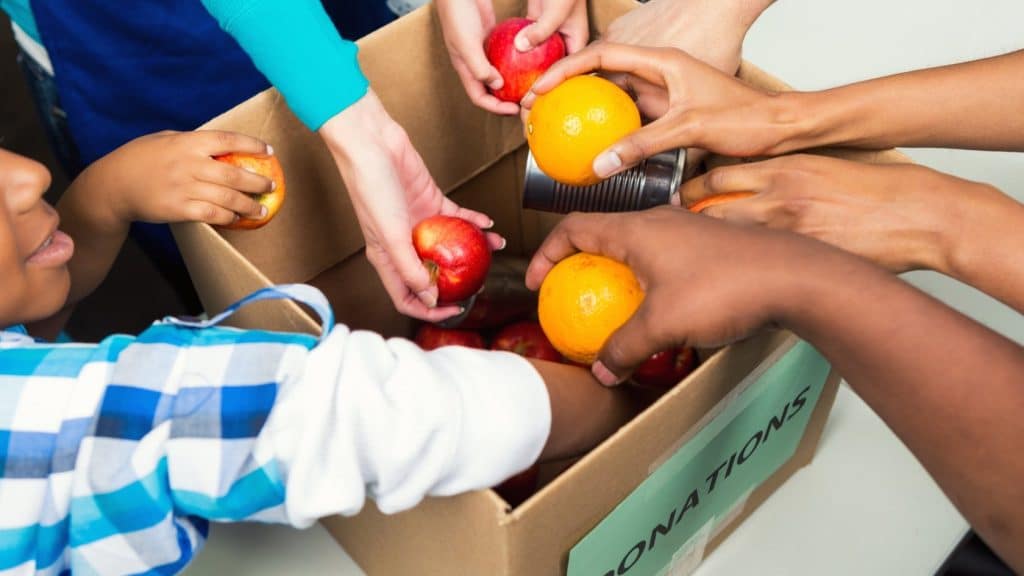People like to think of AmpleHarvest.org as “that website that connects gardeners to food pantries” and they are right because that what we’ve been telling them for more than 5 years. However, that perspective is as simplistic as thinking that the importance of the invention of the syringe is that it allows you to inject a fluid into a person. Accurate but incomplete.
You can also think of the syringe as the device that helped to eliminate small pox from across the planet, helps to keep another 1918 flu pandemic from killing tens of millions of people, or helps to assure that no more children will face the risk of living their life in an iron lung.
Or you can just think of it as a long pointy device that can hurt. Again, correct but not completely correct.
In 2009, AmpleHarvest.org launched when a complaint from someone in a community garden about food going to waste was followed by my, “If we are going to have an ample harvest, let’s give it to people who really need it” response.
For a long time, I thought that we were feeding people. That was accurate but incomplete. We are getting people fed but not by feeding them. However, thinking… and saying…. that we’re feeding people did help the public understand AmpleHarvest.org even though it made funding more difficult because people being fed was the outcome of our actual core work – ending the waste of food.
In short, I had forgotten that AmpleHarvest.org started because too much food was being left in a garden and not because people in the community were hungry. My bad.
As I’ve stepped back from the weeds to better look at the forest, I’ve come to better understand that AmpleHarvest.org’s true magic is that by reducing the waste of food, especially garden produce, it helps the environment, reduces the costs of feeding programs, reduces the long term health care costs of the country and it builds bridges between the people in the community and the food pantries in the community. Oh yea… it also helps people get fed.
For example, I have had speaking engagements over the past few years at Wharton, Temple University and U Penn.
For each of these events as well as many others I’ve attended, they’ve had more box lunches than the number of people who ultimately showed up.
In the past, they would have been thrown away—increasing the waste stream and wasting both money and the food.
In each case however, by using AmpleHarvest.org much as a gardener would, the extra food was donated to a nearby food pantry, soup kitchen or shelter because the event organizer realized that the old ways of doing things are not necessarily the best ways of doing things. And I suspect that going forward, excess box lunches will continue to be donated which will help the environment, reduce costs at the receiving agency (pantry, etc.), provide nutrition that will help local families and build will bridges within the community.
Oh yeah… it will also help people get fed.




